Was this man the lover of iconic Australian bush poet Henry Lawson?
A NEW book suggests iconic Australian bush poet Henry Lawson, revered for his works on mateship, may have had a gay relationship with a fellow poet.
Books & Magazines
Don't miss out on the headlines from Books & Magazines. Followed categories will be added to My News.
BUSH poet and chronicler of rugged Australian mateship Henry Lawson may have been gay, the author of a new book has claimed.
Lawson, the iconic Australian writer who graced the first $10 note and had his famous name immortalised in place names and roadways, had an “intense” relationship with fellow bush poet Jim Gordon.
That relationship included long stays alone together in the bush, and the men were “soulmates”, said award-winning writer Frank Moorehouse. Even Lawson’s “exaggerated, almost theatrically masculine, moustache” may have been to mask his “effeminacy”, he suggested.
In his new book, The Drover’s Wife, Moorehouse examines in part the relationship between Lawson and Gordon, who wrote under the pen name of Jim Grahame.
Lawson’s short story of the same name, the poem Andy’s Gone With Cattle and story collection While the Billy Boils are among his best known works.
Lawson was 25 in 1892 when he met Gordon, who was 17 or 18 years old and flat broke in the NSW country town of Bourke.
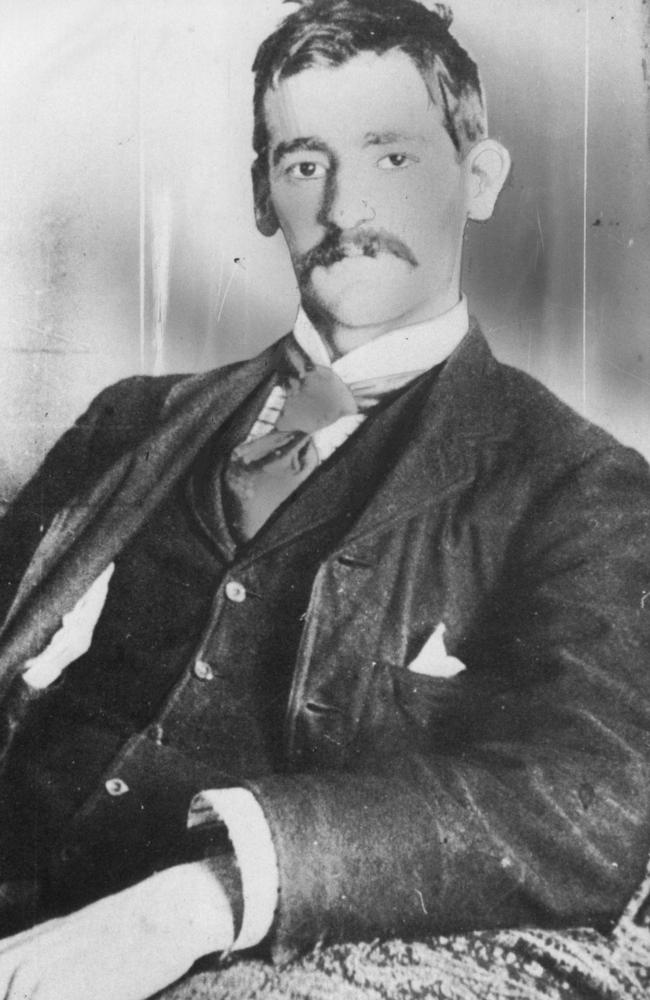

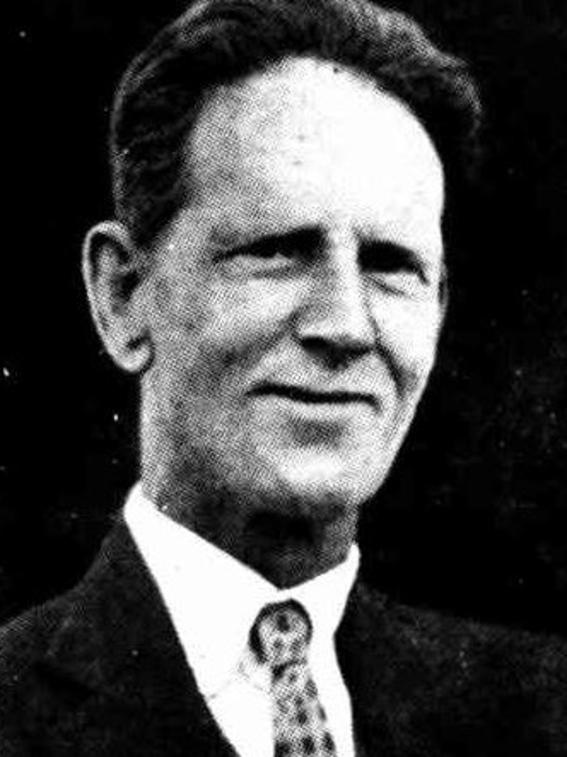
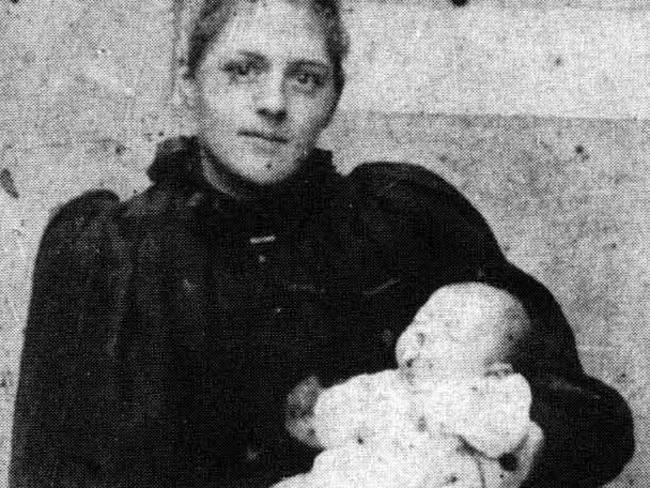
Moorehouse quotes from Professor Gregory Bryan’s recent book Mates: The Friendship that Sustained Henry Lawson, that recounted the meeting.
He said Lawson was in the pay of The Bulletin Magazine while Gordon — a well-versed bushman — was looking for a job, having quit school to start work milking, woodchopping and horse handling to supplement his station overseer father’s miserable wage.
In an edited extract for Fairfax news, Moorehouse described Jim Gordon’s recollection of the meeting.
“I had noticed this long-necked, flat-chested stripling eyeing me off each time we passed,” he wrote. “And I noticed too that he had the most beautiful and remarkable eyes I have ever seen on a human being ... soft as velvet and of a depth of brownness that is indescribable.
“Lawson eventually said, ‘Hullo’ and introduced himself.”
Sydney-based tabloid Smith’s Weekly recounted the meeting in a 1947 story, in which Lawson spotted Gordon and approached him, asking “Shanghaied?”.
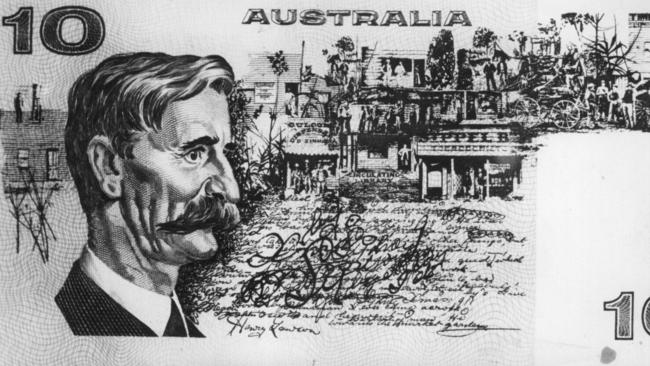
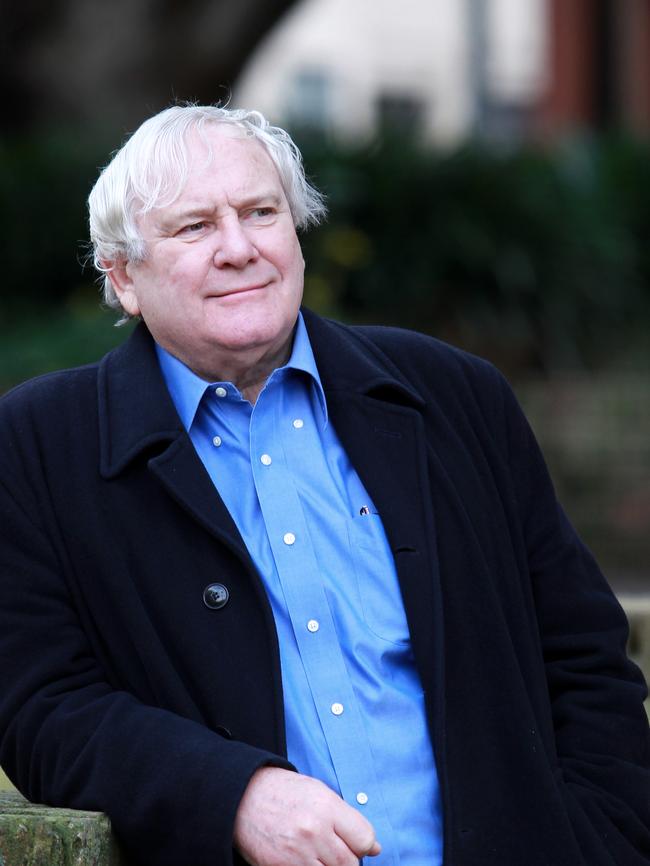

Gordon agreed he had been shanghaied — or tricked — by circumstance, and Lawson replied: “You’d better come and camp with me.”
Bryan’s Mates book retraced Lawson’s journey with Gordon, walking more than 200km from Bourke to the Queensland border town of Hungerford.
The epic journey, which took three months because the pair stopped at sheep stations, worked as rouseabouts and slept under the stars in their swags, was of huge significance to both men.
But afterwards they parted.
In the poem To an Old Mate, which Moorehouse believes was about Gordon, Lawson wrote: “I can still feel the spirit that bore us, when the tracks lay divided before us ...”
The pair would not see each other for another 20 years, and both went on to marry and father children.
Lawson’s marriage lasted six years and ended bitterly.
Moorehouse wrote that: “If he did have a sexual relationship with Jim, he would today be described as bisexual, or perhaps bi-gendered.”
Gordon became the much-loved local poet of the NSW Riverina town of Leeton, but worked as a fruit farmer to pay for his family.
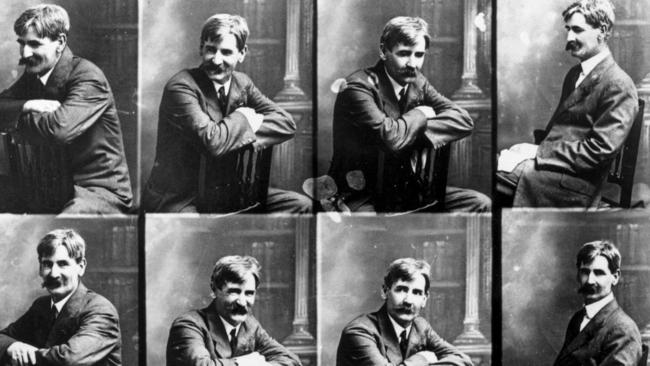
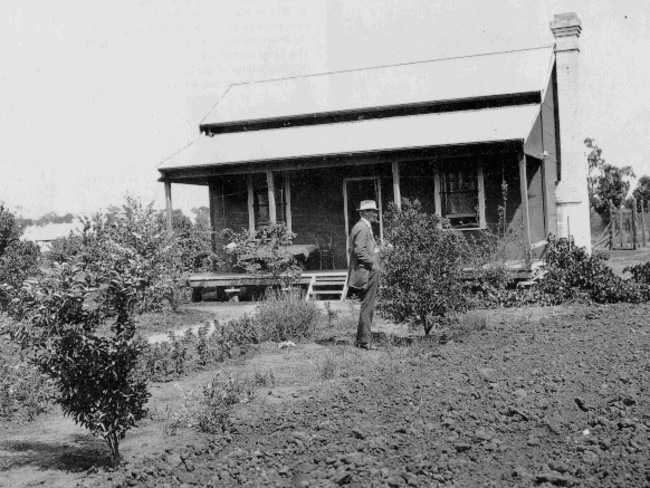
Lawson became an impoverished alcoholic, but in 1916 he was given a house and a kind of literary fellowship to live in Leeton, where he would be teetotal.
He had long parted from his wife, Bertha, and had a steady but troubled relationship with Isabella Byers, an older woman who supported him and who he called “little landlady”.
Moorehouse wrote that in Leeton, Gordon and Lawson “talked and talked” and walked together, sometimes by moonlight, arms linked or “holding hands”.
Lawson’s relationship with her husband troubled Gordon’s wife Daisy.
In Lawson’s story, By the Banks of the Murrumbidgee, Lawson wrote of his and Gordon’s meeting, saying: “We were very young men then ... there’s a certain shyness about the matter”.
Lawson could not maintain abstinence and fled Leeton for Sydney, where he died in 1922 at the age of 55.
Gordon wrote afterwards: “The stars have never seemed so bright, since Lawson walked with me”.
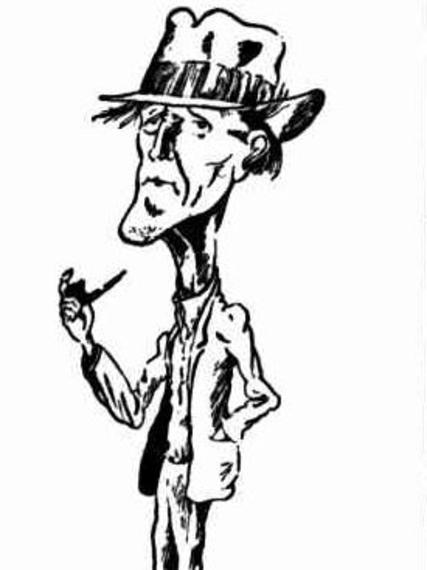
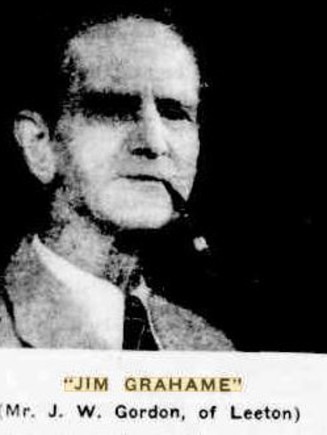
While Lawson was celebrated for his work Gordon’s was not, but he was recognised in his as a poet within his lifetime. In 1940, he was described on the publication of his book of verse Call of the Bush as “Henry Lawson’s mate”.
In 1947, the Australian Government recognised his contribution to the nation with a literary pension on Gordon’s 73rd birthday.
Two years later, Gordon died and was hailed as a “bush balladist” and the “last bush poet”.
Perhaps the best accolade of all was the letter Lawson wrote from Sydney to Gordon in 1920, two years before his death.
In it, Lawson referred to the fact that for all he wrote of droving and shearing, he really only lived it on that epic journey with Gordon when they were young men.
“Your stuff is all good, some splendid,” Lawson wrote.
“It throws all mine on similar lines on the mess-hut rubbish heap.
“But then you had all the experience and I none, except for six months in Bourke and beyond.”
The Drover’s Wife edited by Frank Moorhouse, Knopf, $34.99.
Originally published as Was this man the lover of iconic Australian bush poet Henry Lawson?
